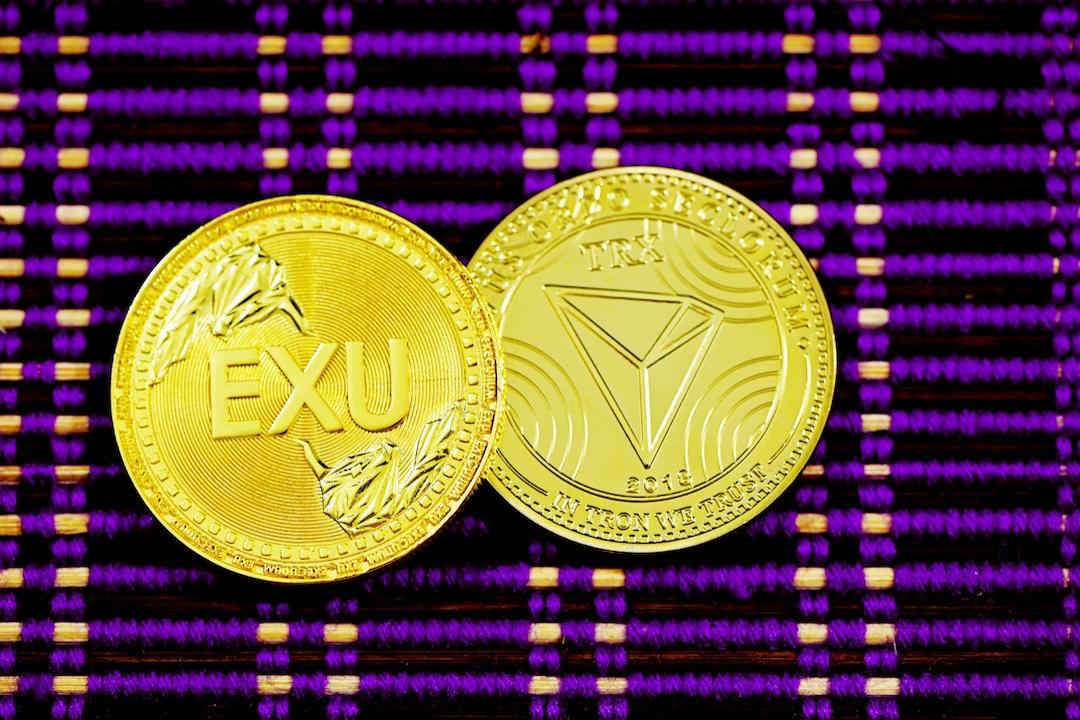Ethereum (ETH) is gaining serious ground in 2025 as institutional giants begin locking in positions once reserved for speculators and developers.
The token crossed above the $2,800 price mark on June 10, the token’s first time breaching the level since Feb. 2025.
The surge followed BlackRock’s $500 million Ethereum purchase, with a $80.6 million purchase on June 10. The firm’s ETF, iShares Ethereum Trust, has pulled in 1.5 million ETH since late May, pushing total holdings to 3.77 million ETH, worth over $10.5 billion. Moreover, Ethereum ETF inflows hit $815M in 20 days, signaling growing investor interest as crypto shifts from speculation to blockchain-driven financial innovation.


CoinShares data dated June 10 confirms a ninth straight week of inflows into Ethereum funds.
ETH absorbed $295.4 million last week alone, while Bitcoin saw $56 million in outflows. Year-to-date, ETH flows stand at $1.7 billion, bringing total assets under management to $14.09 billion.
Together, the data reveal a sharp shift in market preference. More and more institutional investors are looking beyond Bitcoin’s digital gold narrative. Ethereum offers staking rewards, has a significant presence in the DeFi sector, and is the second-largest crypto by market cap. If Ethereum continues to attract interest from institutional investors, the token could likely overtake BTC in terms of growth.
Ethereum Staking Surge Signals Institutional Conviction and Network Maturity
Ethereum’s staking ecosystem is sending a strong bullish signal, with the total value staked reaching 34.86 million ETH and the effective validator balance climbing to 34.7 million ETH as of June 9, according to CryptoQuant and Glassnode.

The consistent increase in staking activity reflects a flight to yield-generating assets, particularly among long-term holders and institutions seeking exposure to Ethereum’s infrastructure-level utility.
The upward slope in both staking and price since late May confirms that market participants are committing capital to the Ethereum’s security layer. This commitment is critical, as it reduces circulating supply while aligning incentives around network performance.

The high staking ratio also tightens ETH’s liquidity, historically contributing to stronger price appreciation during inflow cycles. CoinShares reported $295.4 million in ETH fund inflows last week alone, outpacing Bitcoin and pushing Ethereum’s AUM above $14 billion.
At the same time, Ethereum’s core developers are advancing the network’s scalability and decentralization goals through Trusted Execution Environments (TEEs). An X post by developer and trader Andrew Miller stated that Vitalik Buterin proposed TEEs as tools for L2 prover scaling and RPC privacy.

If implemented, TEEs could reduce the risk of validator key exposure and lower the 32 ETH staking threshold, inviting smaller participants and enhancing validator decentralization. While technical hurdles like secure attestation and hardware trust remain, the roadmap sets the stage for broader validator participation and new economic models for staking rewards.
The synchronization of increased staking, ETF inflows, and protocol-level innovation supports Ethereum’s transition from a programmable asset to institutional-grade infrastructure.
Bulls Eye Breakout as Resistance Levels Come into Play
Ethereum broke above the $2,800 zone on June 10, triggered by a sharp 6% daily spike. However, bears pushed ETH price back below the price mark on June 11, suggesting immediate presence well below the token’s supply zone between $3,800 and $4,100. It seems likely that Wednesday’s reversal was due to profit booking.
The uptrend followed BlackRock’s accumulation spree, and while ETH price did correct, bulls have been fighting back.

The immediate resistance is near $2,980. Flipping that level would help Ether price target the resistance near $3,300. These zones also coincide with historical supply clusters, increasing the likelihood of profit-taking or short entries.
On the downside, Ethereum has immediate support near $2,529. Holding that level keeps the short-term bullish structure intact. Below that, the next support sits near $2,248, which aligns with the 0.236 Fib level.
Volume has picked up alongside the breakout, suggesting conviction behind the move. RSI is trending near 66, still below overbought territory but high enough to warrant caution. A clean break above $2,980 with volume confirmation would likely trigger FOMO-led expansion, especially with open interest in ETH derivatives nearing record highs.
Ethereum’s consolidation structure appears to be maturing into an accumulation phase. Any pullback above $2,529 would likely get bought up, especially as institutional flows intensify. The macro chart setup remains bullish. However, the price needs to break the $2,980 wall to unlock the $3,300 zone—and potentially retest the $3,720 cycle high.

